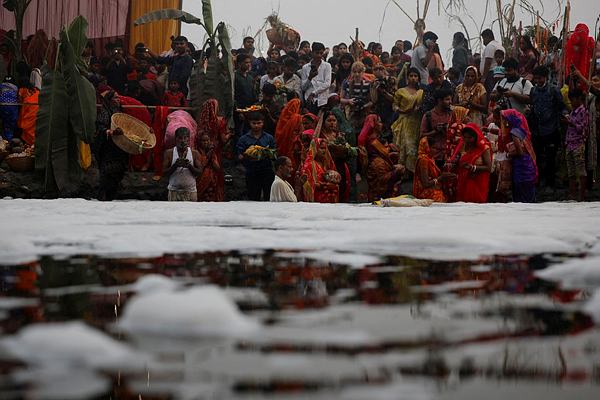Delhi Air Pollution Air Quality Index Today: The air quality in the national capital continued to remain in the ‘very poor’ category, with the city blanketed with smog for the eighth consecutive day post-Diwali on Friday. A thick blanket of smog reduced the visibility in several areas of Delhi.
According to the Central Pollution Control Board (CPCB) data, the overall Air Quality Index (AQI) in Delhi was recorded at 383 as of 8 am today, categorised as ‘very poor’.
Visuals show visibility worsened at Tilak Marg due to smog as the AQI in the surrounding areas fell to 349, according to the CPCB. Areas like Akshardham and Jia Sarai also witnessed reduced visibility.
Alipur recorded an AQI of 397, Bawana at 440, Dwarka Sector 8 at 391, Mundka at 428, Najafgarh at 374, New Moti Bagh at 427, Rohini at 439, Punjabi Bagh at 406 and RK Puram at 406, as per SAFAR, ANI reported. All these areas reported very poor and severe air quality levels, posing significant health risks.
Also Read: Centre doubles penalties for stubble burning as air quality in Delhi plummets
Chhath Puja: Devotees offer prayers at Yamuna Ghat
Amid thick foam, devotees offered prayers to the rising Sun on the last day of Chhath Puja at Yamuna ghat in Delhi’s Kalindi Kunj area.
Drone visuals shot at 6.55 am today show thick toxic foam floating on the Yamuna River in Kalindi Kunj, as the pollution level in the river remains high.
Earlier on Thursday, the third day of Chhath Puja also devotees offered ‘Arghya’ to the setting Sun while standing in the water of toxic foam-laden Yamuna River, in Kalindi Kunj.
Also Read: Delhi Air Pollution: Air quality remains ‘very poor’ with AQI at 367, Anand Vihar, Rohini in ‘severe’ category
In view of this a Public Interest Litigation (PIL) was filed seeking permission to perform Chhath Puja on the banks of the Yamuna River, challenging the ban on the ritual.
However, the Delhi High Court refused to issue any directions, citing the severe contamination of the Yamuna River.
The bench led by Chief Justice of Delhi, emphasized that allowing people to perform the puja in the river could lead to health issues, referring to a recent case where an individual fell ill after taking a dip in the polluted water and was hospitalized.
The court also highlighted that nearly 1,000 alternative locations had been designated for the puja, with adequate arrangements made for the celebration. As a result, the petition was dismissed.
(With inputs from ANI)

